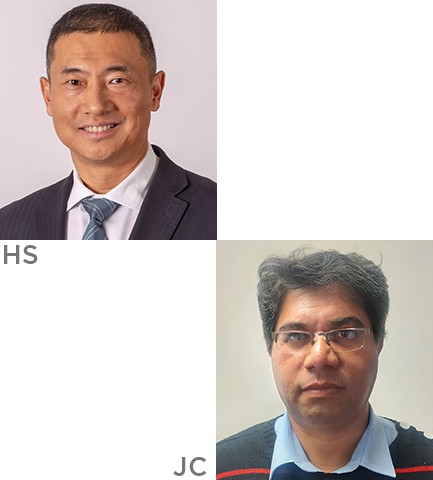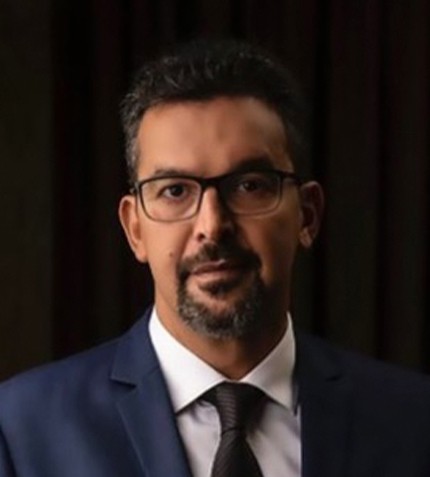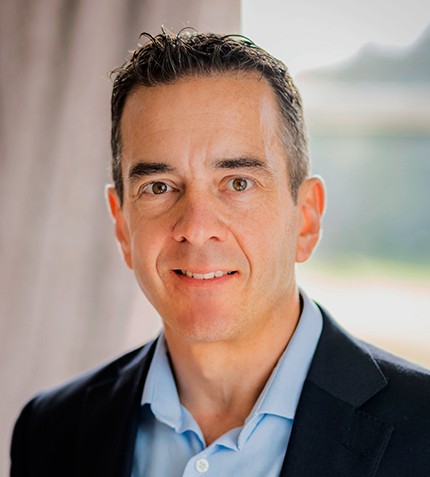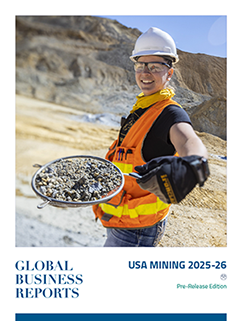
"We are strategically aligning ourselves to increase our market share to provide cabling solutions to the growing renewable energy sector."
Haiyan Song & Jay Chetty
CEO & GENERAL MANAGER SALES, ABERDARE CABLES
What is the history of Aberdare Cables in the South African mining industry?
JC: Aberdare Cables is celebrating its 75th anniversary in 2021. In 2016, we were acquired by the Chinese cable manufacturer, Hengtong, which is a majority shareholder. In South Africa, you have to embrace the transformational requirements and have local equity in your business structure. We meet and exceed the legal requirements in participating with state-owned enterprises and mining houses, and we are currently a level 1 BBBEE company, which is the best status that can be achieved.
South Africa represents approximately 80% of our supply and demand, and 20% of our products are exported to mainly the Sub-Saharan regions in Africa. Meanwhile, mining represents approximately 12% of our total business and is part of our DNA in terms of our customer profile. We want to expand into West Africa and East Africa.
As you celebrate your 75th anniversary, what has been some of Aberdare Cables’ greatest milestones?
JC: Aberdare Cables was one of the first companies in the industry to embrace South Africa’s transformational requirements. Our first black equity transaction was in 1999, which showcases the vision of our leadership at the time to embrace the change. We continue focusing on cementing our BBBEE deals to ensure that we represent the transformational requirements and remain competitive. It was also an excellent achievement for the company to grow into international markets. In 2019, we commissioned a new high voltage (HV) cable manufacturing line in South Africa.
How did the acquisition by Hengtong Group better position Aberdare Cables in the South African market?
HS: Hengtong Group is one of the world's top five cable manufacturers and one of the top three optic fibre cable manufacturers. The company’s product portfolio is comprehensive, and we share our advanced technology and product knowledge with our subsidiaries to broaden the product scope. Therefore, we chose Aberdare Cables as an investment opportunity to expand our presence as a leading cable provider in the Southern African market and to increase our market share on the continent.
How do cable applications differ across the mining industry?
JC: There are various application for cables, and we cover a comprehensive range for most mining operation requirements. We have varied cable types and designs for medium voltage and low voltage use – rubber, paper insulated or XLPE cables. Gold mines have historically used reinforced paper insulated cables for their shafts, and XLPE cables are mainly used for power transmission. We offer a vast spectrum of cables, from power transmission to smaller requirements for general application. A cable's lifespan differs from application to application, but fixed insulation cables are designed to be durable for many decades.
Is cable theft a challenge in South Africa and something your clients struggle with?
JC: Cable theft is a huge challenge impacting many of our customers, especially with the current high value of copper, theft cases increased. We work closely with our customers in research and development and have experimented with innovations to solve the problem. For one client, we designed aluminium alloy conductors as opposed to copper conductors to deter theft. We also look at various constructions of cables to make it difficult to cut using a mix of metals which is not as favourable as copper to steal. We also embarked on an initiative to have specialized markings on our cables which can help the prosecution process.
HS: For our optic fibre cables we have a detection system that picks up on any vibration and sends out an alarm.
How can a cable manufacturer such as Aberdare Cables contribute to the green mining initiative?
JC: Although we do not have a formal program measuring our carbon emissions, we have informal initiatives regarding energy savings, waste management and water management, which lower our environmental footprint. We are investigating the possibility of installing a solar PV solution at one of our plants in Port Elizabeth to reduce our energy consumption from the grid. We are also focussing on initiatives to ensure that our products do not end up in landfills but are reused or recycled in some form. The energy transition trend also brings the potential for growth. We are strategically aligning ourselves to increase our market share to provide cabling solutions to the growing renewable energy sector.
HS: We have supplied a lot of cables for renewable energy projects, such as PV farms and wind farms. We have embarked on localizing cable requirements for renewable energy operations and have made great strides in product development.










